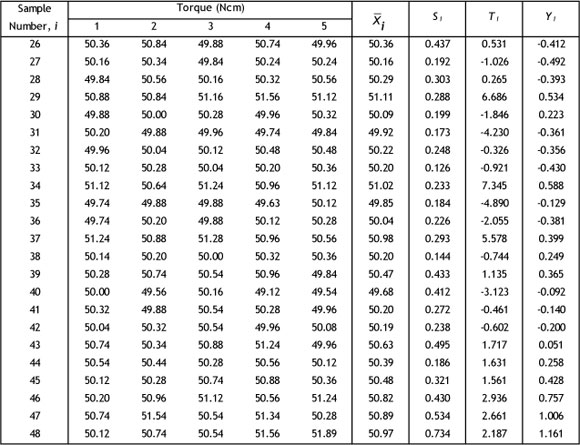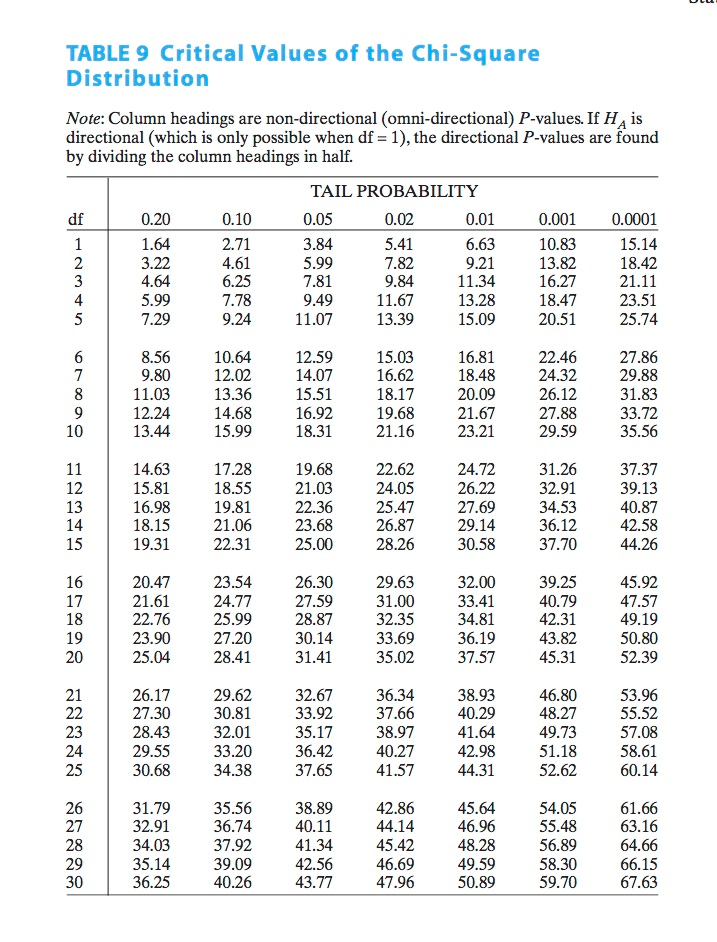

Try to solve the example problems before watching the solutions in the screencasts.
#DEGREES OF FREEDOM HOW TO#
Use the interactive simulation to further understand how to calculate degrees of freedom.You talk about the subspace spanned by ( 1, 0, 0) and ( 0, 1, 0). Again, the local coordinates need not be parallel to the big spaces coordinates. Review important equations for degrees of freedom. For a point on a plane through the origin, one only needs two local coordinates to represent displacements in the plane, so there are only two degrees of freedom.
#DEGREES OF FREEDOM FREE#
Degrees of freedom are often broadly defined as the number of 'observations' (pieces of information) in the data that are free to vary when estimating statistical parameters. Watch the screencasts that introduce the concept of degrees of freedom and answer the questions within the screencasts. That’s kind of the idea behind degrees of freedom in statistics.Attempt to answer the multiple choice ConcepTest and solve the example problem before watching the screencasts or working with the simulations.The number of degrees of freedom refers to the number of independent observations (total number of observations less 1): v n-1 Hence, a sample of 10 observations or elements would be analyzed using a t.

We suggest using the learning resources in the following order: A t-distribution, just like several other distributions, has only one parameter: The degrees of freedom (d.f.). Your retention of material in this module will increase if you write down reasons for your answers to ConcepTests, questions in screencasts, and questions to answer before using interactive simulations, and if you try to solve the example problems before watching the screencast solutions. It then provides example problems and ConcepTests to allow the user to test themselves. Learn about degrees of freedom in mechanics, the number of independent variables that define possible positions or motions of a mechanical system in space. And we see how, in a state where racial prejudice and oppression wore a liberal mask, black settlers and entrepreneurs, politicians, and activists maneuvered within a restricted political arena to bring about real and lasting change.This module uses screencasts and interactive simulations to explain how degrees of freedom are used to establish whether a problem can be solved with the given information. This notion causes some anxiety but there is no reason for. Du Bois, all of whom championed civil rights in Minnesota. This is a good point to introduce the idea of degrees of freedom (df). Within this absorbing, often surprising, narrative we meet “ordinary” citizens, like former slave and early settler Jim Thompson and black barbers catering to a white clientele, but also personages of national stature, such as Frederick Douglass, Booker T. or df) describes the freedom for values, or variables, to vary. Paul), businesses, and a newspaper (the Western Appeal) and embodied the slow but inexorable advancement of race relations in the state over time. The term degrees of freedom (often abbreviated as d.f. That k may often be partitioned into various components of the model. The model degrees of freedom - the degrees of freedom the model has to fit the data - is k, and the residual degrees of freedom is whats left over: N k. It can move along its X, Y, and Z axes and rotate. Likewise, when you have a sample, the degrees of freedom to allocate people in the sample to tests is one less than the sample size. In common situations, the data degrees of freedom will be N, say. Green reveals little-known historical characters among the black men and women who moved to Minnesota following the Fifteenth Amendment worked as farmhands and laborers built communities (such as Pig’s Eye Landing, later renamed St. An unconstrained rigid body in space has six degrees of freedom: three translational and three rotational. This number typically refers to a positive whole number that indicates the lack of restrictions on a person's ability to calculate missing factors from statistical problems.

Spanning the half-century after the Civil War, Degrees of Freedom draws a rare picture of black experience in a northern state and of the nature of black discontent and action within a predominantly white, ostensibly progressive society. In statistics, the degrees of freedom are used to define the number of independent quantities that can be assigned to a statistical distribution. This was Minnesota in 1873, four years after the state had approved black suffrage-a state where “freedom” meant being unshackled from slavery but not social restrictions, where “equality” meant access to the ballot but not to a restaurant downtown. Paul, but Frederick Douglass, confidant to the Great Emancipator and conscience of the Republican Party, was denied a hotel room because he was black. He had just given a rousing speech to a packed assembly in St.


 0 kommentar(er)
0 kommentar(er)
